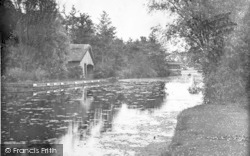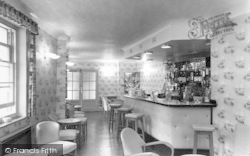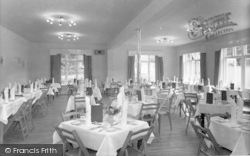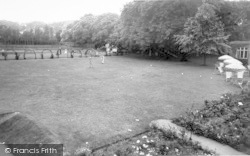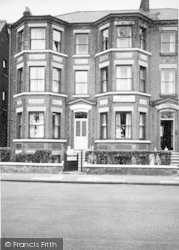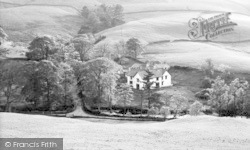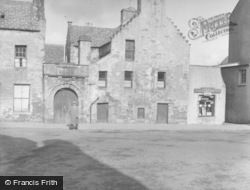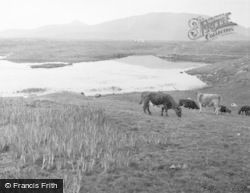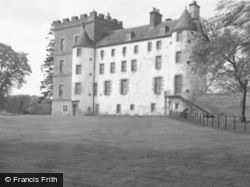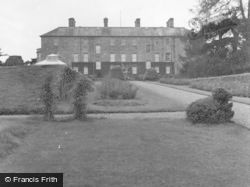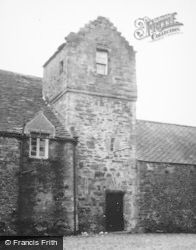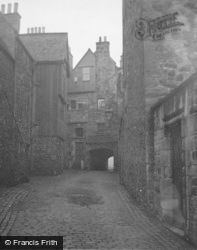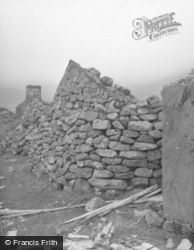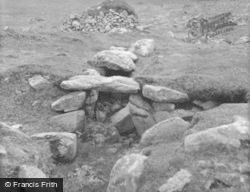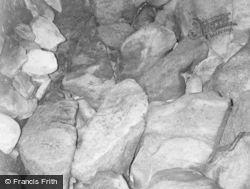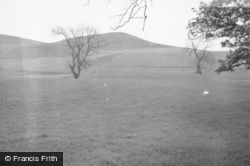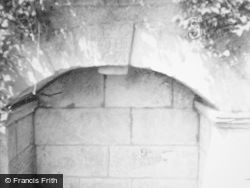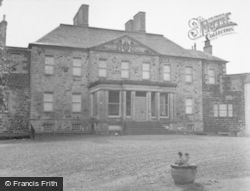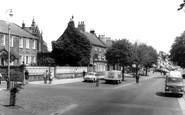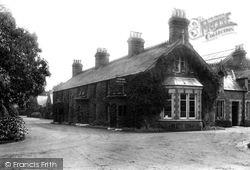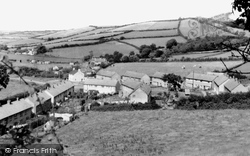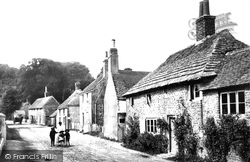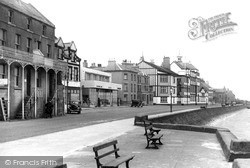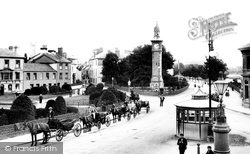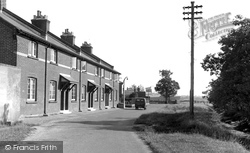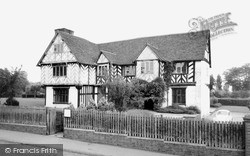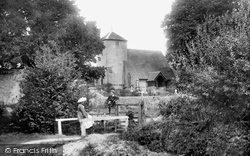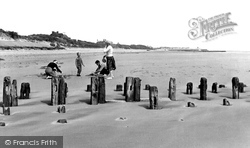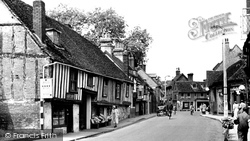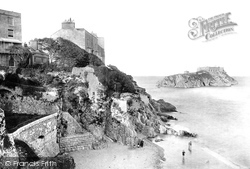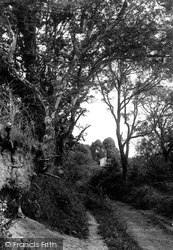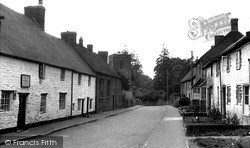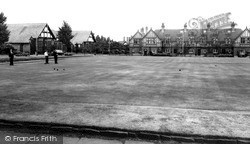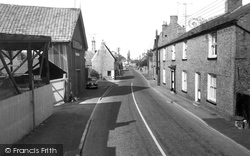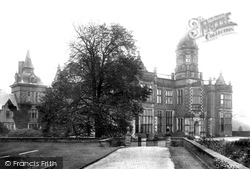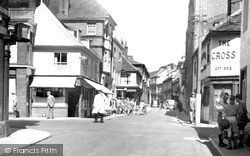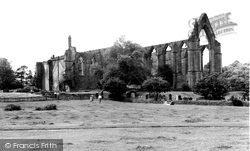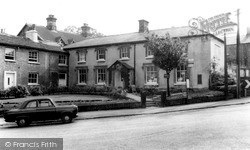Places
36 places found.
Those places high-lighted have photos. All locations may have maps, books and memories.
- Chatsworth House, Derbyshire
- Osborne House, Isle of Wight
- Brambletye House, Sussex
- Ickworth House, Suffolk
- Kingston Lacy House, Dorset
- Boscobel House, Shropshire
- Preshute House, Wiltshire
- Bolton Houses, Lancashire
- Brick Houses, Yorkshire
- Quaking Houses, Durham
- Water Houses, Yorkshire
- Bottom House, Staffordshire
- New House, Kent
- Mite Houses, Cumbria
- Lyneham House, Devon
- Church Houses, Yorkshire
- Dye House, Northumberland
- Spittal Houses, Yorkshire
- Street Houses, Yorkshire
- Tow House, Northumberland
- Halfway House, Shropshire
- Halfway Houses, Kent
- High Houses, Essex
- Flush House, Yorkshire
- White House, Suffolk
- Wood House, Lancashire
- Bank Houses, Lancashire
- Lower House, Cheshire
- Marsh Houses, Lancashire
- Chapel House, Lancashire
- Close House, Durham
- Guard House, Yorkshire
- Hundle Houses, Lincolnshire
- Hundred House, Powys
- Thorley Houses, Hertfordshire
- School House, Dorset
Photos
7,776 photos found. Showing results 4,141 to 4,160.
Maps
370 maps found.
Books
1 books found. Showing results 4,969 to 1.
Memories
10,360 memories found. Showing results 2,071 to 2,080.
Low Bradley Farm
I lived in Low Bradley Farm in the late 60's early 70's with my dad Peter Dominey, Mam Dorothy Dominey and brother Christopher. I was only just over a year old when we moved onto the farm and left when I was 7. The farm was owned by a ...Read more
A memory of Medomsley by
Creekmouth Village
I was born in Creekmouth Village in 1952. The village was at the end of River Road at the confluence of the River Roding and The Thames. The village consisted (in latter years) of 50 Victorian style cottages, 2 up 2 down with outside ...Read more
A memory of Barking by
Mid To Late 50s Chanctonbury Burgess Hill
Born in Cuckfield hospital in 54 but have early recollections and very few photos of home in Chanctonbury Rd Burgess Hill from then until 59 when I relocated to Brighton. Went to boy's boarder later in ...Read more
A memory of Burgess Hill by
My First Home, For A Few Days
I don't remember much about Sunnyfield House, except I was born there in 1948. I knew the midwife, Nurse Garfield, who delivered me. When I came to Australia, in 1966, she sent me a homemade Christmas cake, by sea, ...Read more
A memory of Guisborough by
My Grandmother Had A Boarding House
My grandmother had a boarding house on Grand Parade on Hayling Island through the fifties into the sixties. Our summer holidays every year were to visit her in Hayling Island with all our extended large families ...Read more
A memory of Hayling Island
Newbury Way And Rayners Gardens
I'm Steve and the earliest memories are of Newbury Way, a lower half of a 2 bedroom maisonette with an open coal fire and larder including a concrete slab to keep stuff cold. I recall riding my three wheeled bike around ...Read more
A memory of Northolt by
Newarthill 1950/60s Tosh And I Part 2
Like everyone else growing up in Newarthill, life wasn’t easy, as times were tough in the 50s and 60s and I suppose in many ways it is today. But back then people really had nothing, but one thing I do remember - ...Read more
A memory of Newarthill by
Suntrap School. 1956 To 1961.
My name is Terry Hendy. I attended Suntrap school from 1956to 1961. I have very happy memories of the school and although away from home I was very well looked after and fed well. 1 saw the photo of Mr Brooks and Mr Campbell ...Read more
A memory of Ledbury by
Noddy's Shop
I moved to Elm Park in 1960 when I was 4 years old with my mum and dad, from Hackney, East London. My dad owned and ran the Newsagents in Station Parade and we lived in the flat above the shop. I remember it was next to the green grocers, ...Read more
A memory of Elm Park by
Driftbridge Stables
I was too young in the 1950’s to use the Hotel and pub but I learnt to ride at the Driftbridge Stables, that used the land, stables and coach houses from when the hotel had been a Coaching Inn. Having learnt to ride on Nutmeg, I ...Read more
A memory of Drift Bridge by
Your search returned a large number of results. Please try to refine your search further.
Captions
6,977 captions found. Showing results 4,969 to 4,992.
The building on the cliff in the distance was erected as two houses in the 1890s and converted by a millionaire to a single dwelling in 1915.
The corner house on the end of Wood Street was restored to match the Town Hall in the restoration of 1889.
Guest, later Lord and Lady Wimborne, were supporters of the temperance movement, in furtherance of which cause they closed the Swan Inn and opened The Firs (later The Canford) Coffee House
In the foreground is the recently-built council estate: as with all such estates, owing to financial considerations, the houses were all identical.
Rows of neat cottages line the road; not far away, though not visible here, is the timber-framed St Mary's House.
These stately Victorian houses were part of the huge process of building development that ensued. In the distance is the Palace Theatre, now re-christened the Leas Pavilion.
The black and white building at the end is Mostyn House School, once the George Inn.
Many new properties were built to cater for the demand of these newcomers, such as these fine terraced houses. The church building seen in the distance has since been demolished.
The building to the right is the red façade of The Athenaeum, built in 1888, which houses the museum and a collection of fossils.
Modern housing and industrial development crowd in from all directions, making it almost impossible to stand here and spot passing liners on Southampton Water.
The half-timbered manor house of Blakesley Hall dates from 1575.
The rebuilt Manor House is nearby. The locality is excellent for rambling over the Downs.
To the left we can see the former toll house where the highwayman Dick Turpin stabled his horse Black Bess. Byron, Keats, Shelley and later Dickens all drank here.
Again there are houses on the sand hills. The breakwater timbers have a worn look about them, but they still served their purpose, and formed little pools for baby crabs to hide in.
A fine picture taken around 1905 shows that the added part had been a butcher's shop (and a public house called the Dial) run by the Crawley family.
Traditionally in the ownership of wealthy occupants, the private steps leading down to the beach still belong to these houses, except those on the extreme left.
An epidemic of smallpox broke out amongst the inhabitants, and the survivors then fled the house. Despite their decay, the ruins still display some fine architectural details.
Here we have a close up view of the White Horse and a good view of the old Village Hall, where WI meetings had to be fairly restrained in case the floor gave way!
The houses at the back of the green are a perfect illustration of the architectural style that has made Port Sunlight so famous.
Jewson & Son the timber merchants - nowadays better known as 'The Jewson Lot' - started their business here in Earith in the 19th century, using the River Ouse to transport their timber.
This early Victorian mansion in Jacobean-revival style was built between 1833-45 on the site of an earlier house.
Half way up on the right is the 18th-century red brick Arnot House.
More correctly known as Bolton Priory, the Augustinian house was founded in 1155 and flourished until it was dissolved by Henry VIII in 1539.
Converted from a Georgian private house, the Village Stores and Post Office is the communal centre of the South Yorkshire village of Wortley.
Places (80)
Photos (7776)
Memories (10360)
Books (1)
Maps (370)




